Deep within the vast northern mountains, where clouds blanket the landscape year-round and streams flow incessantly, the Dao people preserve an invaluable heritage: their knowledge of folk medicine. It's not just about treating illnesses with forest plants; it's a system of traditional knowledge, accumulated over generations, about living in harmony with nature, caring for health with herbs, steaming, bathing, drinking, and soaking – all contributing to the unique treasure trove of indigenous medicine in the northern mountains.
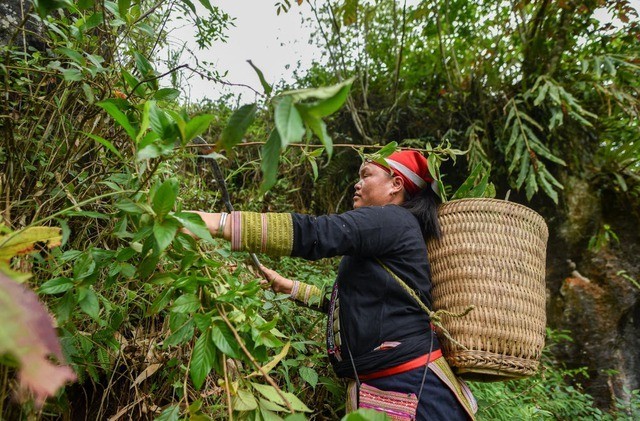
A treasure trove of knowledge passed down through generations in the heart of the wilderness.
For generations, the Dao people have known how to distinguish hundreds of medicinal plants in their surroundings. Each plant and each leaf has its own uses, from treating colds and joint pain to curing digestive, dermatological, gynecological, and postpartum ailments. In many villages, the elders often pass down to their descendants how to identify medicinal herbs by their scent, color, and even their bitter-sweet taste.
What is valuable is that this knowledge exists not only in books but also in every aspect of daily life. When a child has a cold, the grandmother will boil a pot of herbal steam; when a woman gives birth, the mother will prepare a medicinal bath to help the body recover... In the Dao people's mindset, nature is the greatest physician, and each person is a part of the cycle of heaven and earth.
Herbal bath – a cultural and medical symbol of the Dao people.
When discussing the traditional medicine of the Dao people, one cannot overlook the custom of herbal baths – a renowned therapeutic method passed down from generation to generation. The herbal bath mixture typically consists of 10 to over 100 types of forest plants, combined according to the secret recipes of each family lineage.
The Red Dao people in Sa Pa, Ta Phin, and Hoang Su Phi still maintain the ritual of bathing in herbal remedies every day after work. The bathwater has a distinctive aroma, helping to relieve muscle pain, relax, improve blood circulation, and restore health after childbirth. Today, the Dao herbal bath has spread beyond the villages, becoming a therapeutic tourism product loved by domestic and international tourists, contributing to new livelihoods for the community.
The rich treasure trove of medicinal herbs in the northern mountains and forests.
The northern mountainous region is blessed with hundreds of precious medicinal plant species. In just the highland districts of Bac Ha, Hoang Su Phi, Ba Be, and Na Hang, hundreds of medicinal plants have been recorded and used by the Dao people in their daily lives. Familiar names like *Thien Nien Kien*, *Hoang Ba*, *Ca Canh*, *Ngai Cuu*, *Xuyen Khung*, *Dinh Lang*, and *Ba Kich*… are not only medicinal ingredients but also symbols of the connection between people and the mountains and forests.
Medicinal plants are harvested in season, dried in the shade, and stored in bamboo tubes or cloth bags to preserve their medicinal properties. Some valuable remedies are prepared by soaking in alcohol or decocting multiple times, combined with prayers and traditional rituals, reflecting a deep belief in the harmony between matter and spirit in the healing process.
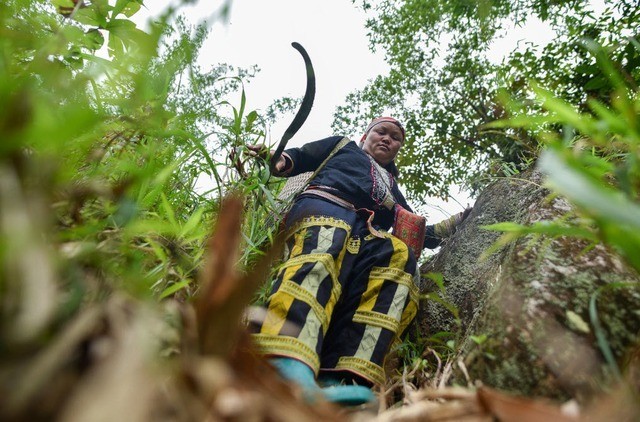
Scientifically integrating traditional knowledge is an inevitable direction.
The Dao people's folk medicine knowledge is a great treasure, but many remedies still only exist in oral tradition. To maximize its value, scientists and traditional medicine practitioners are gradually researching and identifying the active ingredients, uses, and safety of medicinal plants.
Some establishments have begun building medicinal herb conservation gardens, propagating valuable plants, and standardizing harvesting, processing, and testing procedures. The "scientification" of folk knowledge not only helps ensure user safety but also creates conditions for traditional remedies to become legitimate commercial products, contributing to local economic development.
Challenges and opportunities for sustainable development
In every Dao village, the image of the traditional healer is always highly respected. They are not only healers but also keepers and transmitters of traditional medical knowledge. Many healers are capable of identifying hundreds of medicinal herbs, memorizing formulas for bathing, soaking, and decoction based on experience and intuition accumulated over generations.
However, the reality is that the next generation is dwindling, as many young people leave the village to study or work elsewhere. Without policies to preserve and encourage the transmission of this valuable knowledge, a significant portion of it could disappear over time.
Despite its immense value, the Dao people's traditional medicine faces numerous challenges. Over-exploitation of forests has led to the depletion of many valuable medicinal plants. Uncontrolled commercialization easily leads to indiscriminate harvesting, disrupting the ecological balance. Furthermore, some traditional remedies are passed down orally in an incorrect manner, causing misunderstandings or misuse, affecting public health.
Sustainable solutions need to start at the community level. Many models of medicinal herb cooperatives and healing tourism are being formed, helping people both preserve knowledge and increase their income. At the same time, policies are needed to protect the intellectual property rights of traditional knowledge and to ensure a fair sharing of benefits between knowledge holders, businesses, and researchers.
Traditional medicine in general, and Dao folk medicine in particular, are not opposed to modern medicine, but rather complement each other. In remote mountainous areas, where medical facilities are limited, indigenous knowledge helps people effectively care for their basic health. In the modern context, as people seek balance in body, mind, and spirit through nature, traditional therapies such as herbal baths, steam baths, and herbal compresses become even more valuable.
The traditional medical knowledge of the Dao people is not only a method of treatment but also a symbol of the harmonious relationship between humans and nature. In the age of industrialization, this value is even more precious. Preserving, researching, and developing indigenous knowledge should be considered part of a sustainable healthcare strategy and green economic development in mountainous areas. As long as the Dao people still retain the "spirit of medicine" from the forest, the mountains and forests of Viet Bac will remain a living heritage – a crystallization of wisdom, belief, and love for nature.
Source: https://baolaocai.vn/nguoi-dao-va-kho-bau-duoc-lieu-vung-nui-phia-bac-post885340.html











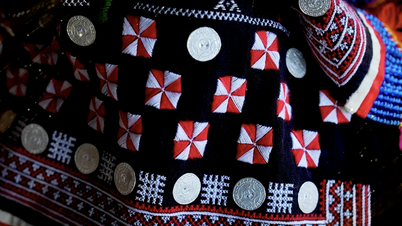
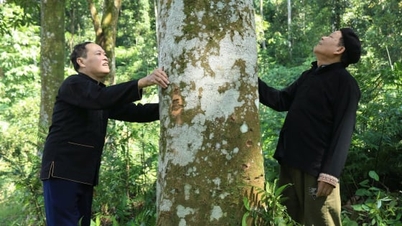

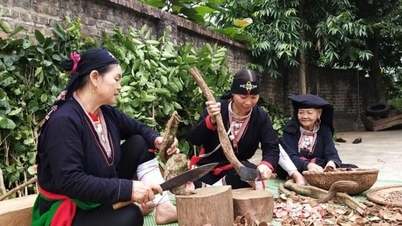



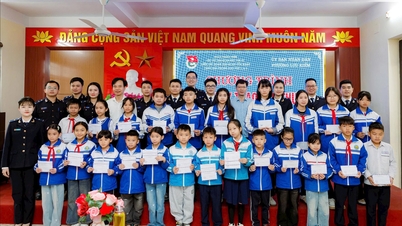

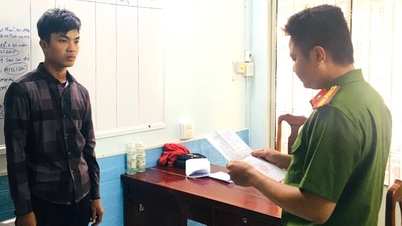

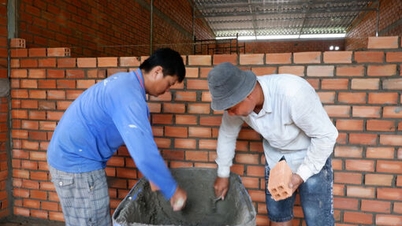

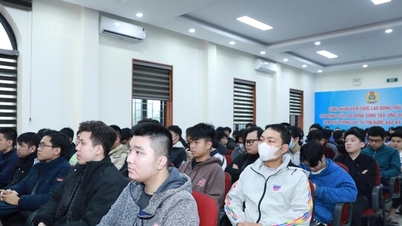
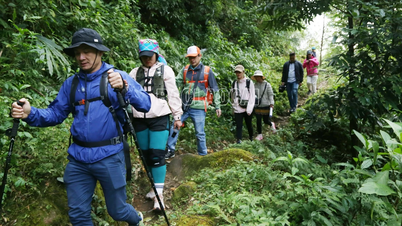
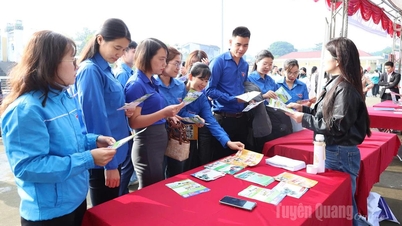




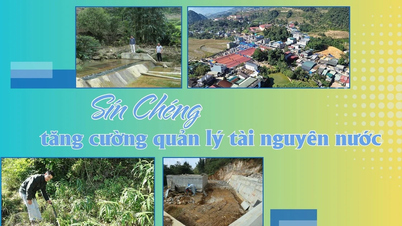
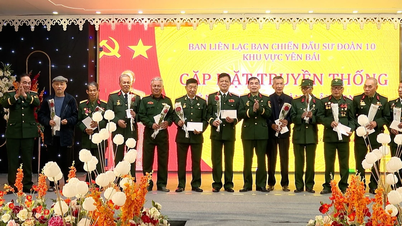
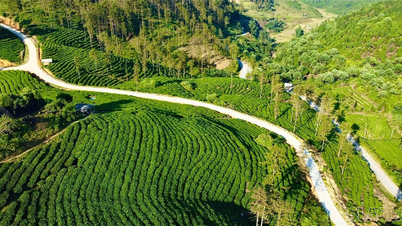
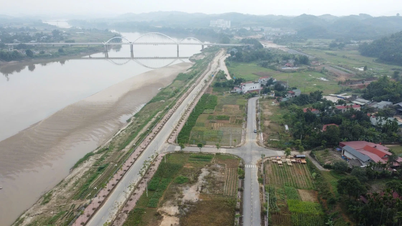
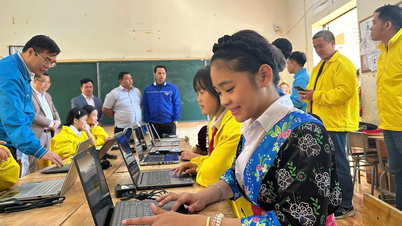
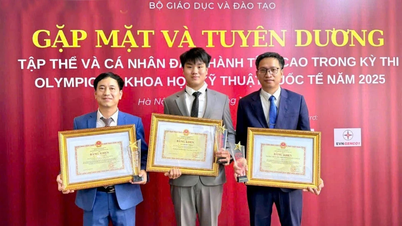


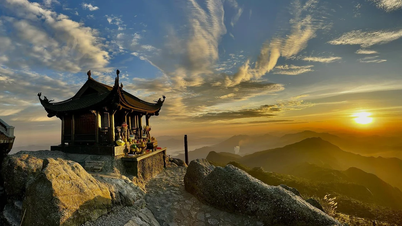



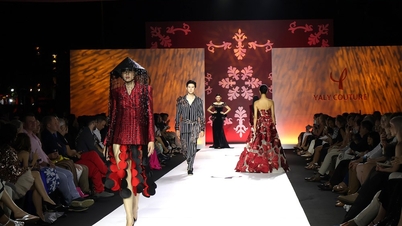





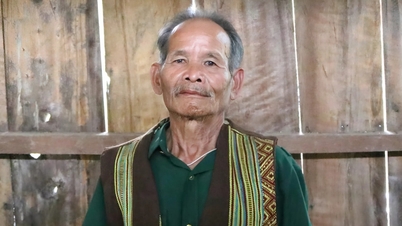

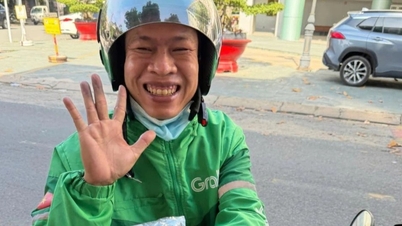





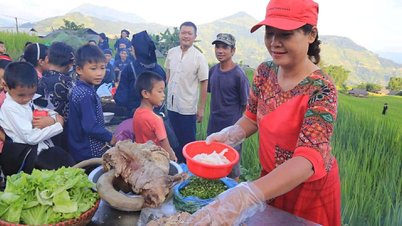




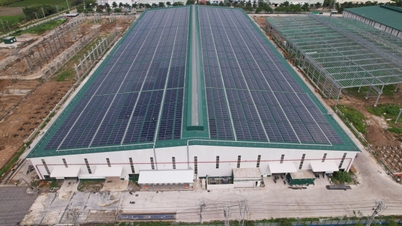













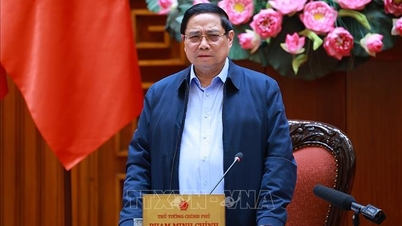

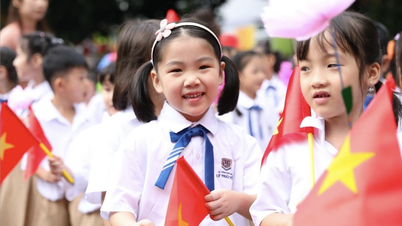

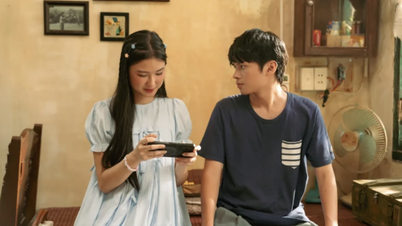

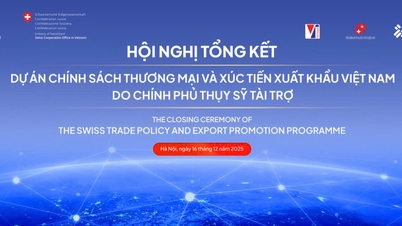

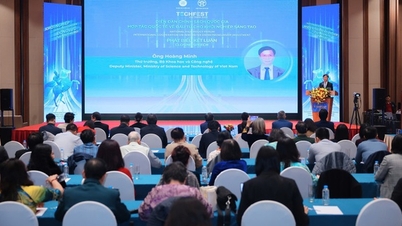

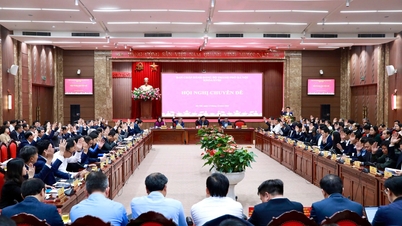

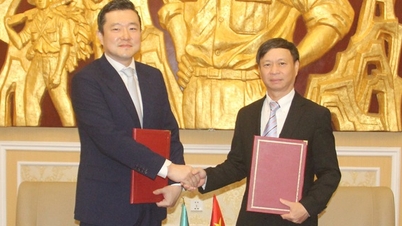
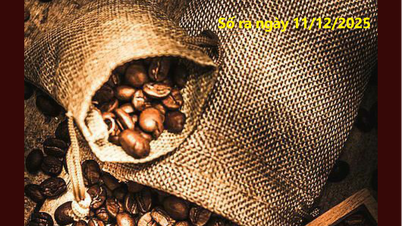
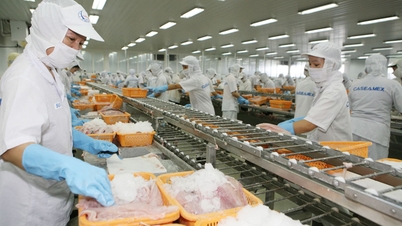
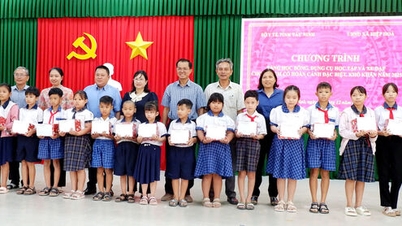

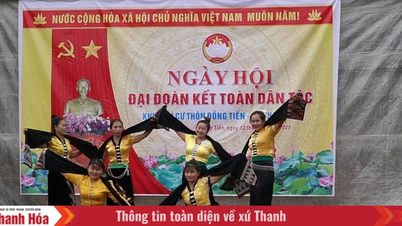

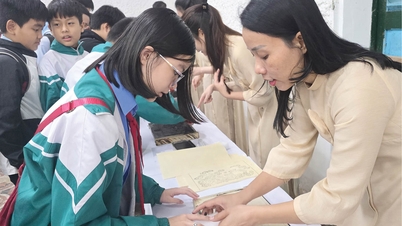

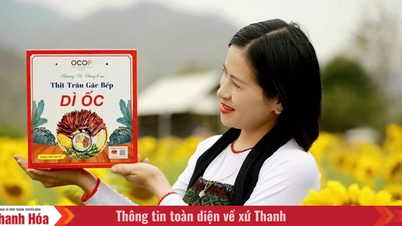










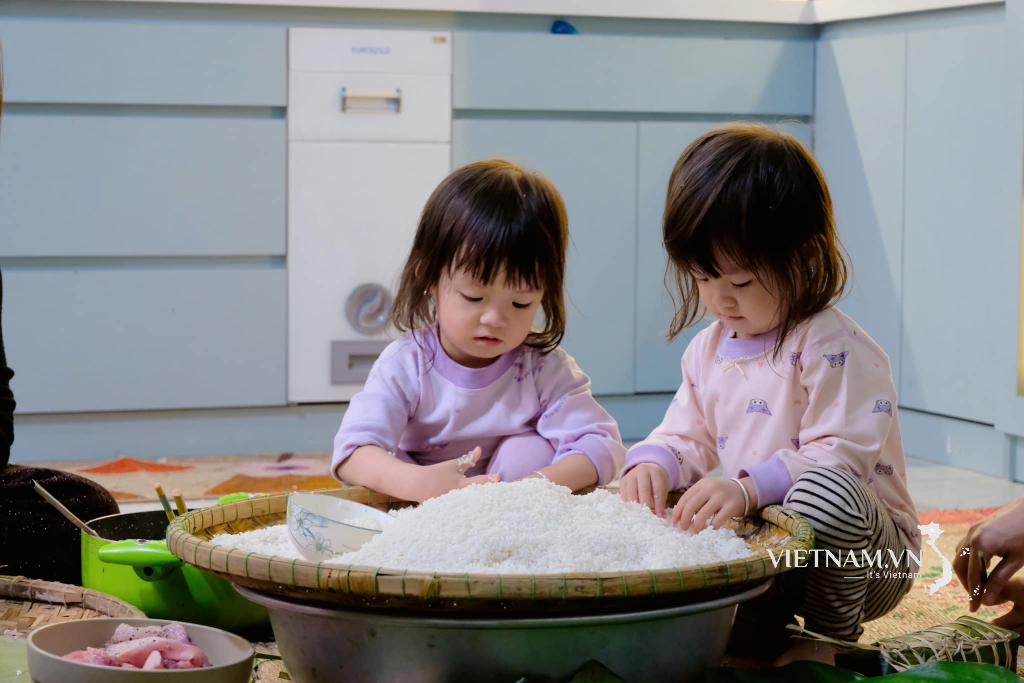
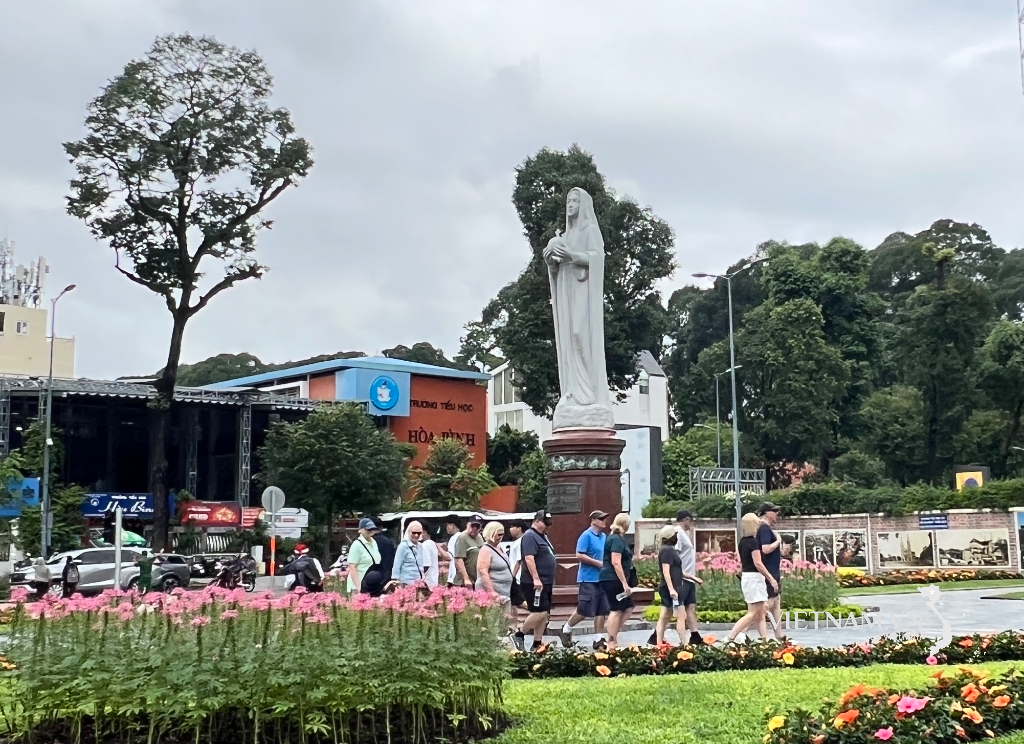


Comment (0)